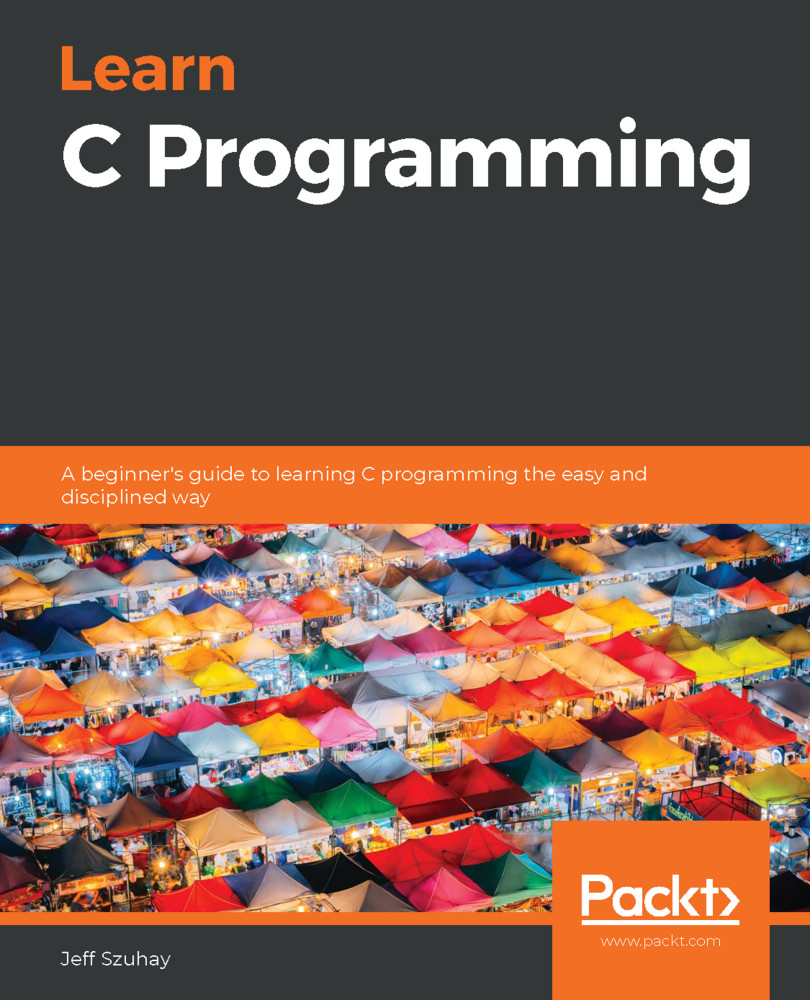As you go through the program development cycle and as you get more familiar with the development language, development tools, and yourself (yes, you are learning about yourself as you program), this will all become second nature to you, as it should. When you make a typing error, or when you get an obviously incorrect result, these are not bugs – they are just mistakes. Bugs are far more subtle.
There is a deeper trap that is very difficult for most beginner programmers to see;that is, their own assumptions about what should happen without evidence of what did happen. Most of the most difficult bugs that I introduced in my own code were those that I assumed the program would work on in a certain way but I did not verify that. When I finally went back to my assumptions and proved them in code, I was able to get beyond my self-imposed bugs.
Can you avoid this trap?
Yes. Throughout this book, we will attempt to mitigate this subtle problem with a method we will use to develop programs. As we proceed, we will use trial and error, guided discovery, and evidence through observation. Sometimes, we will purposefully break our programs to see what happens. We will also try to prove each concept so that the expected behavior matches the actual behavior.
This is not to say that even with such an approach, bugs won't creep in. They will. But with careful attention to your own assumptions, observed behavior, and the collection of evidence you have gathered to prove any assumption, most bugs can be avoided.


